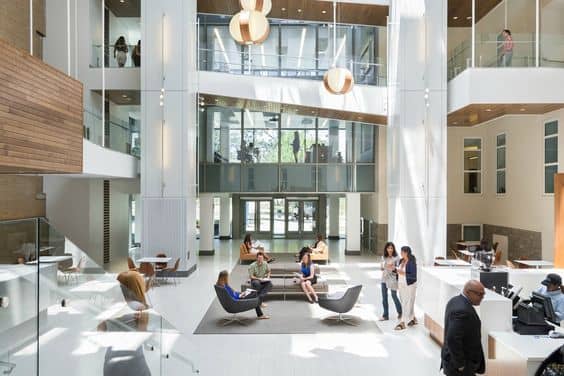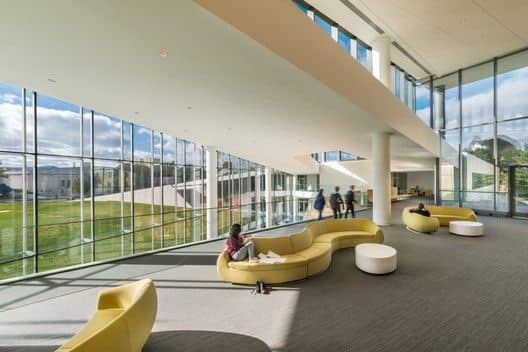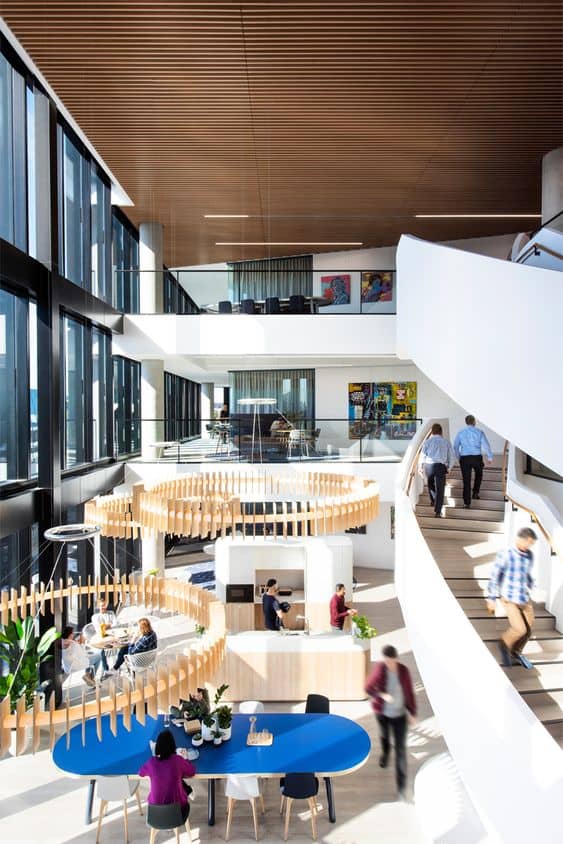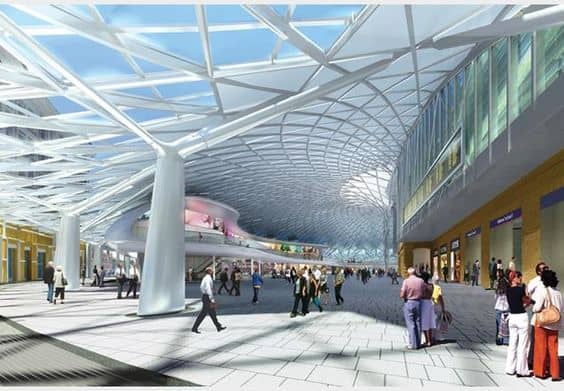In order to survive, people must meet basic needs, including oxygen, water, food, sleep, and shelter. Among them, sunlight is also one of the most important needs.When considering how buildings can keep people healthy, daylighting is an essential element for health . In fact, human circadian rhythms depend on it.


In science, computers can now transport line modeling exercise to sunlight and generate lux level, independent reporting sunlight, radiation illumination level and glare pattern analysis.
This technology can find the "sweet spot" between lighting, visual comfort, climate, warmth and health benefits.

In art, diffuse lighting is used to maximize visual comfort and acuity to improve productivity and human performance.
It can be used to highlight architectural features and create different features for the space. Through light, it provides an ideal space for displaying artworks.


Diffusion solutions can prevent problems such as light pollution while still providing plenty of natural light.
The wide spread of light over a large area also means that more available light penetrates into the interior space, resulting in excellent visual clarity.

1. Glass is the oldest way to let natural light into a building.

Its transparency provides unparalleled visual freedom and has the inherent biophilic advantage of connecting man and nature .
However, it is very heavy, inflexible and brittle , which gives the installation challenges. Its relatively poor thermal performance requires auxiliary solutions to control solar gain and glare.

2. Polycarbonate sheet provides a stronger, more durable, and lighter alternative than glass , and helps to block harmful ultraviolet rays.
But over time, it is easily scratched, discolored and brittle . In addition to poor impact resistance and structural load-bearing capacity, it has very low thermal efficiency and is very sensitive to heat.

3. The translucent sandwich panel has obvious advantages over glass and polycarbonate in terms of heat insulation (which can be the same as the heat insulation cavity wall).
In addition, translucent sandwich panels provide the highest protection and resistance to wind-borne debris, impact, fire, abrasion, and point loads .

Each product has its own advantages, so sometimes combining multiple products can provide the best solution. For example, you can realize the performance advantages of FRP panels while combining the advantages of visual glass and nature.

4. FRP sandwich panel

The outer surface of the sandwich panel color stability, comprising a UV -line , self-cleaning surfaces of the permanent glass corrosion shield barrier.
This means that normal rainfall helps to keep the surface free of dust and dirt, while maintaining its original color during weathering. In addition, the inclusion of an anti-erosion barrier protects the interior from weather exposure and fiber blooming and cracking.

Maximizing the use of daylight is an integral part of sustainable design. The translucent panel can diffuse a large amount of available light with a relatively low level of light transmission .
Less radiant energy is transmitted , which, combined with diffusion, alleviates the hot spots common to other optical transmission sources. It can also project evenly distributed light into the interior space, reducing the need for artificial lighting and the load on the mechanical system.

